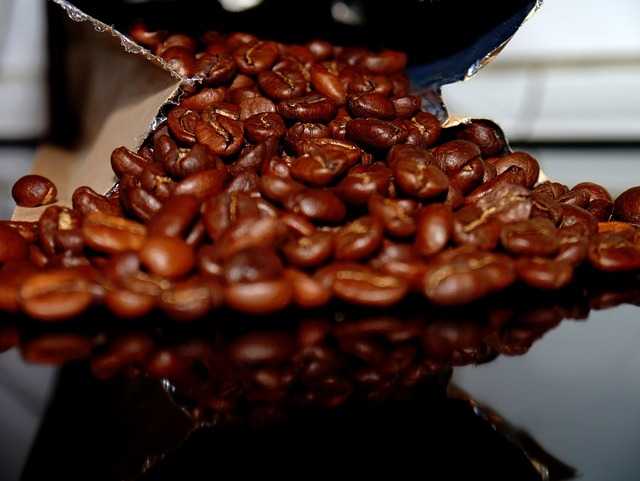MILAN, Italy – On October 24th, the members of the European Parliament in the Environment Committee adopted their position on a proposed regulation to make packaging easier to reuse and recycle, to reduce unnecessary packaging and waste and to promote recycled content with 56 votes in favour, 23 against and 5 abstentions.
The proposals adopted by European Parliament
In particular, members of the European Parlament desire to ban the sale of light weight plastic carrier bags below 15 microns unless necessary for hygiene reasons or when they are provided as packaging for loose food to prevent wastage.
This is particularly relevant for the world of coffee and tea as Rutger Schouten, Biocaps, explains in his perspective on European regulation on packaging and packaging waste.
In the article 3, under the section “definitions”, reports Schouten in his presentation exposed on September 27th, for the purposes of this Regulation, the following definitions apply:
(1) packaging means items of any materials that are intended to be used for the containment, protection, handling, delivery or presentation of products and that can be differentiated into packaging formats based on their function, material and design, including:
(a) items that are necessary to contain, support or preserve the product throughout its lifetime without being an integral part of the product which is intended to be used, consumed or disposed of together with the product;
(b) components of, and ancillary elements to, an item referred to in point (a) that are integrated into the item;
(c) ancillary elements to an item referred to in point (a) that are hung directly on, or attached to, the product and that performs a packaging function without being an integral part of the product which is intended to be used, consumed or disposed of together with the product;
(d) items designed and intended to be filled at the point of sale, provided that they perform a packaging function;
(e) disposable items sold, filled or designed and intended to be filled at the point of sale, provided that they perform a packaging function;
(f) tea or coffee bags necessary to contain a tea or coffee product and intended to be used and disposed of together with the product;
(g) coffee or tea system single-serve unit necessary to contain a coffee or tea product and intended to be used and disposed of together with the product;
The reduction targets for plastic packaging
Members of the European Parliament also want to set specific waste reduction targets for plastic packaging (10% by 2030, 15% by 2035 and 20% by 2040).
The plastic part in packaging would need to contain minimum percentages of recycled content depending on the type of packaging, with specific targets.
Another aim is to make a distinction between packaging to be reused or refilled. In fact, reusable packaging should fulfil a number of criteria , including a minimum number of times it can be reused.
Another proposed measure is to ban the use of intentionally added forever chemicals (per- and polyfluorinated alkyl substances or PFASs) and Bisphenol A in food contact packaging.


















